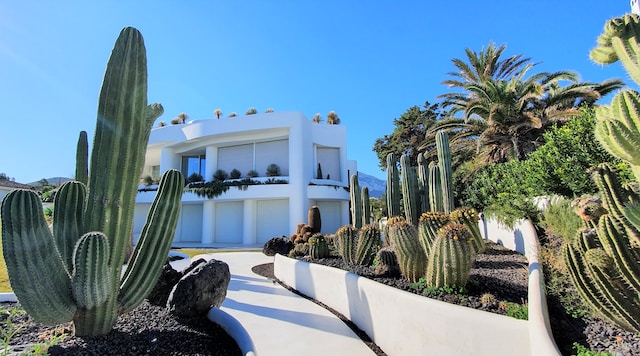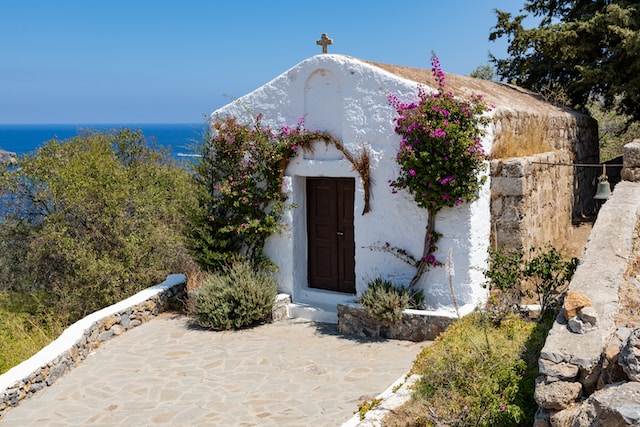I enjoy exploring different approaches to garden design. There are so many styles that evoke so many different feelings when you’re amidst them. Although I know a little bit about a few styles, there are many others I hope to learn more about in the weeks, months, and years to come. 3 Garden Designs I’ve…
garden styles
Greek Gardening Style on the Cheap
Recently I was reading an article about 2023 gardening style trends. It referenced a current resurgence of passion for the Greek Garden. That sent me down a rabbit hole of beautiful fascinating looks at Greek-inspired gardens. However, so many of them are so pricy. So, I am curious about what we can do to enjoy…

